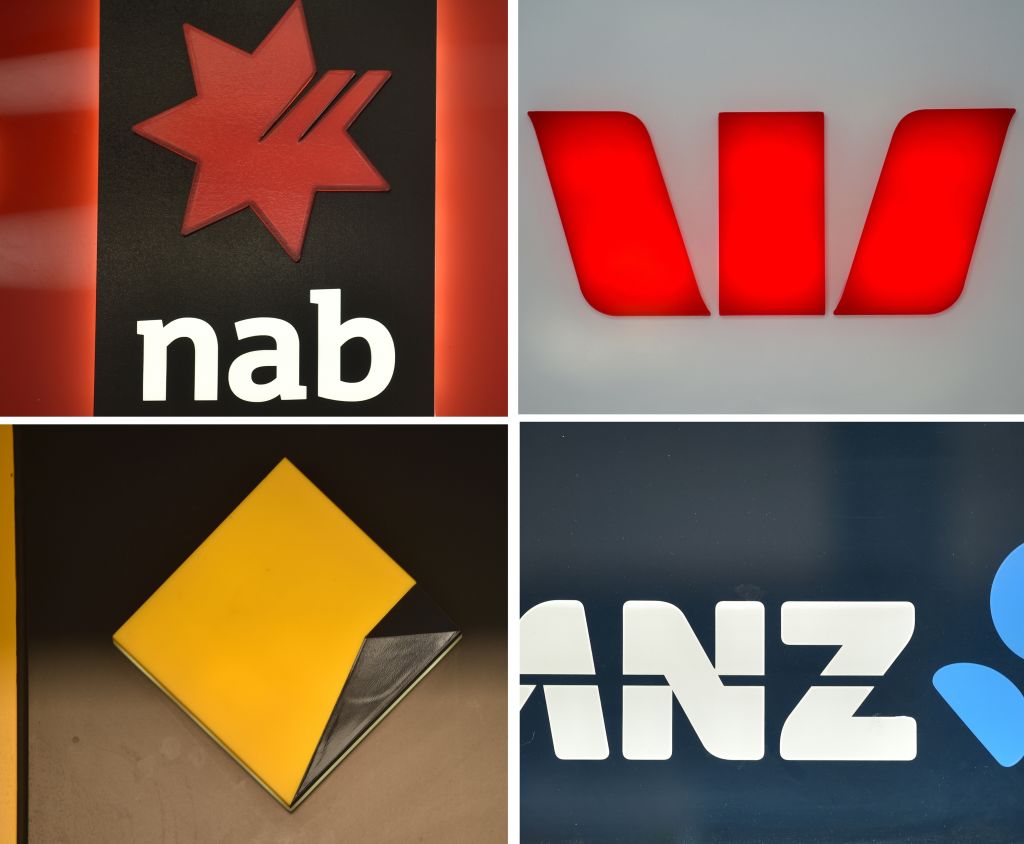
Australian banks launched a new digital platform on May 16 to help stop customers from losing money to scammers.
The new Fraud Reporting Exchange (FRX) platform will facilitate a “close to real time” reporting of fraudulent payments to another bank, thus increasing the chances of freezing and recovering money that has been transferred to scammers.
Banking Association (ABA) Chief Executive Officer Anna Bligh described the new system as a major development in combating fraudulence as it allows streamlined and targeted communication between member banks.
“Every minute can be crucial in disrupting scams, ” she said. “It means more and more scammers are going to hit a brick wall and adds to the arsenal of anti-scam initiatives underway. “
Some key features of the platform include near real-time reporting, intelligence sharing, secure and tracked communications between member banks, as well as a faster return of funds.
A trial of the FRX platform has shown that the time to resolve most scam cases dropped by more than half.
The platform is owned and operated by the Australian Financial Crimes Exchange (AFCX), an independent body funded by Australian banks. 17 banks are already on board or in the process of joining the platform, following a 12-month pilot.
Banks Under Pressure to Improve Scam Prevention and Response Practices
The launch of the FRX platform came amid pressure from the regulators urging banks to lift their game in protecting customers from the ever-increasing scam risks.
In April, corporate watchdog the Australian Securities and Investments Commission (ASIC) released a report revealing the “ highly variable and less mature than expected” approaches of the four major banks — ANZ, Commonwealth Bank, NAB and Westpac — in preventing, detecting and responding to scams.
According to the report “Scam Prevention, Detection and Response by the Four Major Banks” (PDF), around 31,100 customers at the big four banks collectively lost over $558 million to scams in the 2021-22 financial year, an increase of 49 percent in customers and 50 percent in financial losses compared to the previous 12-month period.
In contrast, the banks detected and stopped only 13 percent of scam payments made by their customers and paid only about $21 million (US$13. 9 million) in compensation/ reimbursement to victims, with a rather low rate of reimbursement ranging from two to five percent.
The report has also found “the gaps and inconsistencies” in the abilities of banks to detect and stop scam payments as well as to support scam victims.
“Banks had inconsistent and narrow approaches to determining liability, “ the report observed, highlighting that none of the banks has a bank-wide policy to deal with the losses.
“To support fair and consistent customer outcomes, banks should have in place a bank-wide policy or approach to determining scam loss liability and reimbursement or compensation,” the report says.
Industry Code Under Development
Just one day before the platform launch, the Australian federal government announced the details of its $86 million scam-prevention strategy, with $58 million allocated to Australian Competition and Consumer Commission (ACCC) to build a new Anti-Scam Center. The new centre aims to facilitate data sharing across government, public and private sectors about emerging scam threats.
The consumer Acton Law Centre has welcomed the new moves but insists that Australia should follow the UK to introduce mandatory rules that require banks to reimburse customers if they have been innocent victims of a scam.
“We support the National Anti-Scams Centre, but it will only deliver meaningful outcomes if it is backed up by new laws that mandate industry action on scam prevention and impose liability for losses when they fail,” said the Consumer Action CEO Stephanie Tonkin.
“What we need now is for banks to reimburse scam victims -except in circumstances of gross negligence- and this needs to be made mandatory by the Federal Government.”
Financial services minister Stephen Jones said a new banking industry code is now under development to provide a clear set of expectations about banks’ obligations.
“Some work we’ll do between now and the end of the year is working on codes of practice so there are clear lines of responsibility between banks and their customers,” he told ABC.
However, the minister has rejected the calls to enforce banks to compensate their customers for scam activities.
Speaking at The Australian Financial Review Banking Summit in March, he made it clear that he opposed a “blanket rule” requiring banks to reimburse scam victims while agreeing that “Industry, including banks, should be held to a very high bar to protect consumers against scams.”
“If they don’t meet the bar, then they should be on the hook to reimburse. However, if they’ve met that standard and done what they can, they shouldn’t still end up with the bill.”

















































